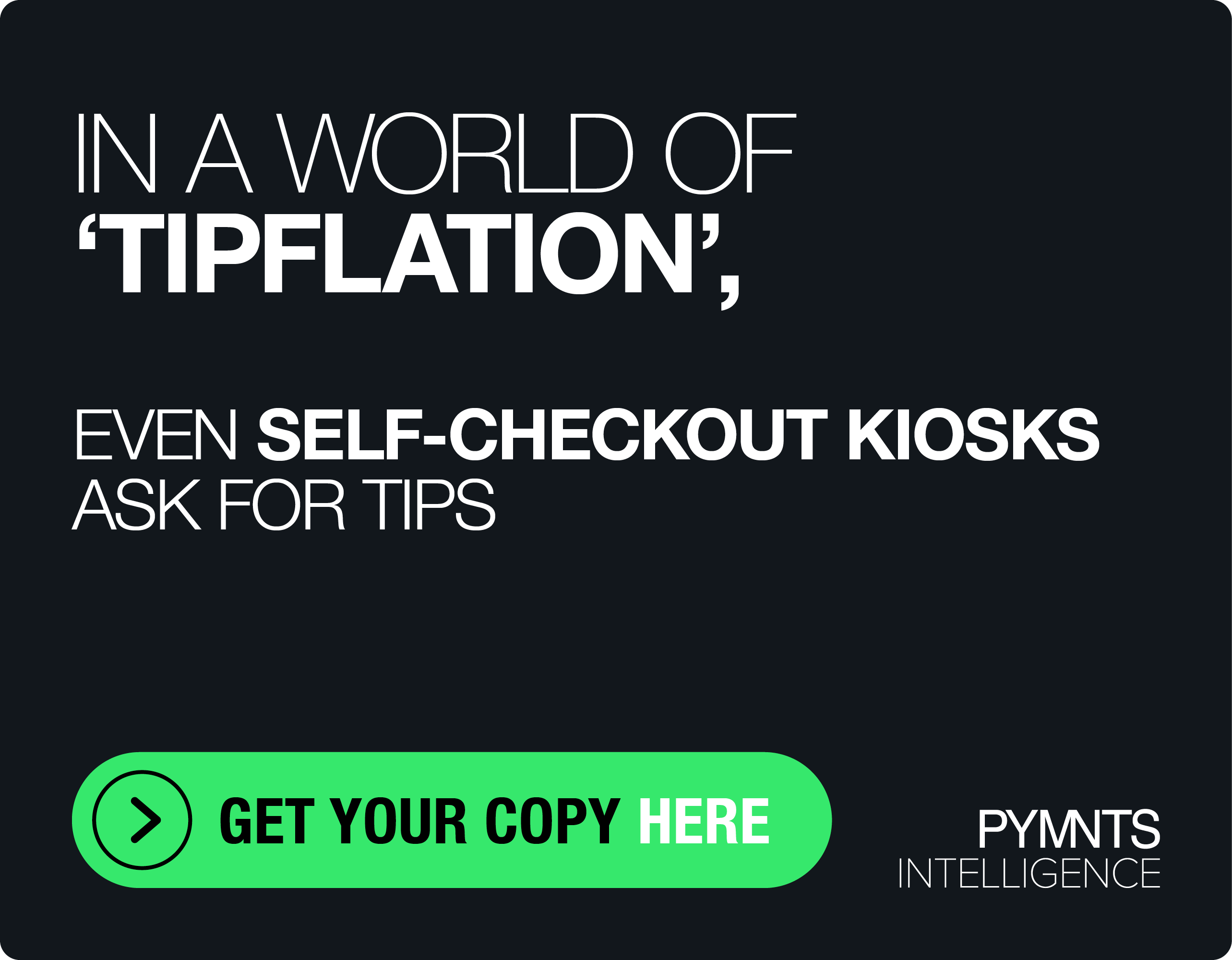Ondot On The Real-Time Data Future Of Financial Services

People love mapping apps for three reasons:
- They completely, and correctly, plot the best route from Point A to Point B.
- They show changes to that route in real time as adverse conditions arise that might delay their journey.
- They offer options so the consumer can decide for themselves the path that best meets their needs.
Vaduvur Bharghavan (who goes by VB), president and CEO of Ondot Systems, said that good financial apps should pay heed to the success of these mapping apps.
“Financial apps should give consumers the chance to see all of their spending ‘routes’ in one place so that the consumer can decide what options can best get them from their financial Point A to Point B,” VB told Karen Webster in a recent interview.
It’s not easy to create a hub that gives consumers a real-time snapshot of their financial lives, but it’s necessary. As the world (and commerce) moves more digital, spending money becomes very abstract. How that money is spent can get lost day by day, week by week, month by month.
Finding The Right Use Case(s)
Creating that smart, all-in-one dashboard has been something of a popular concept in the sense that lots of businesses have tried to develop one. However, unfortunately, it hasn’t been popular in the sense that consumers have gravitated to them en mass. Innovators have failed to create a business model to monetize them.
The problem, VB said, is too much friction to get started, and little interest on the part of most consumers to invest the time to build that spending dashboard.
“We think that making these financial apps easier for casual users will get more people motivated to manage their spend in real time when there is the greatest potential to impact their spending habits,” he said.
It’s also the inspiration for Ondot’s work with banks to build a better bank-branded app that gives customers access to a wider array of card controls and a real-time stream of actionable data. VB noted that, once plugged into an issuers transaction authorization stream, Ondot can pull and verify data on consumer purchases (as well as critical ancillary details like consumer location) and keep consumer updated in real time with those details.
Those alerts, he noted, aren’t designed to only be informative, but actionable. What will those actions look like? That, according to VB, depends very much on the use cases issuers want to build into the app.
“We can talk to 100 issuers in a week and hear 100 possible use cases. Issuers would like to embed payments into the consumer lifestyle — not as a point of friction, but as something that makes that lifestyle easier,” VB explained. “As technology providers for the issuers, we want them to be able to communicate with their customers where they are when events happen.”
One immediate application, he noted, is to help curb fraud. When a customer gets a real-time alert that their card has been used in a way they don’t recognize, they can immediately move to suspend that card, dispute the transaction, and have a new digital card instantly issued and provisioned to their digital wallets for online or offline use.
The White-Label Future
By the numbers, 60 percent of American smartphone users have at least one financial services app installed, which represents an all-time high. Of those with mobile banking apps installed, 70 percent check those apps once per week and 16 percent check them once per day.
Banks are the right institutions to work with, VB noted, because they are the ones consumers already know, trust and are habituated around using. That will give banks a whole new role in making commerce contextual, he said — particularly in Europe, with its onset expansion of Open Banking.
For Ondot, that transformation begins with the virtualizing of cards, making it easy for institutions to both push and manage payments for customers. From that dynamic management, he noted, it’s really a short jump service-wise into the interactive analytics and real-time customer interaction. It’s a relevant offering for all financial services players, but particularly for the small, medium and regionally focused players.
“We can see lots of great innovations out of the big banks. I think if you look at what JPMorgan has done with Finn, it is a very exciting app. The question is how does one enable a credit union or regional bank to come up with their own really innovative solution sets,” he said.
What’s Next
The problem with working in payments tech in the outgoing days of the 2010s is that today’s cutting edge often finds itself turned into tomorrow’s table stakes. VB noted that when Ondot started out, the ability to geographically follow cards and digitally turn them on and off was an amazing advancement — now it is more or less expected function.
That means the pressure is always turned toward building out something new and useful for Ondot’s issuers to offer to their customers. As a result, the firm is working on things like making it easier for its issuer partners to point out nearby areas of interest and attractions, and flag users with meaningful offers or rewarded payment methods.
The tech to do so, he noted, is already out there — distributed ledgers, tokenizations, virtual card numbers. These have all been around for a while now. The question, he said, is not what can be done, but what can be done easily and habitually. At the end of the day, Ondot wants to make it easier for its issuer partners to take all those things that can be done and offer them to consumers in a way that is relevant.
The tools are all there, VB said. The challenge in building that one, smart financial services dashboard is in finding how to make all those tools work together for customers in a way that they can choose what they want, when they want, without having to take on a lot of effort or complexity in making that choice.
“The problem is making the technology simple to use. What issuers want, and consumers are looking for, is end-to-end digital card experiences that are direct and simple to manage. My job is to make sure that middleware layer of orchestration of digital cards becomes blindingly simple,” he concluded.
